Having good blood circulation is important because your body needs blood to flow through it. Blood carries oxygen and nutrients to your body's tissue, it takes carbon dioxide and waste products away from the tissues, and it is needed to sustain life and promote the health of all the body's tissues. Although essential, sometimes blood doesn't flow as properly throughout the body, and that can be due to factors like smoking, high blood pressure, diabetes, and more.
There are ways, however, to help your blood circulation. Some ways include stretching, managing stress, exercise, and drinking and eating particular beverages and foods. If you're looking for foods to help manage blood circulation, read on to find advice from members of our medical expert board.
Beets
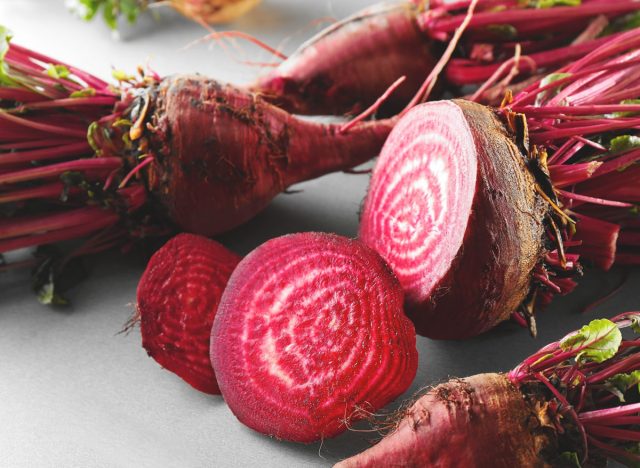
"Common in many 'energy' juices or wellness shots, beets are famous for their energizing properties," says Sydney Greene, MS, RD.
According to Greene, the increased energy properties from beets contain natural nitrates – natural chemicals that are found in the soil, air, and water and used as a food additive to stop the growth of bacteria and to enhance the flavor and color of foods. These nitrates help improve blood circulation when converted to nitric oxide in the body, which helps the blood vessels dilate.
Vegetables with herbs and spices
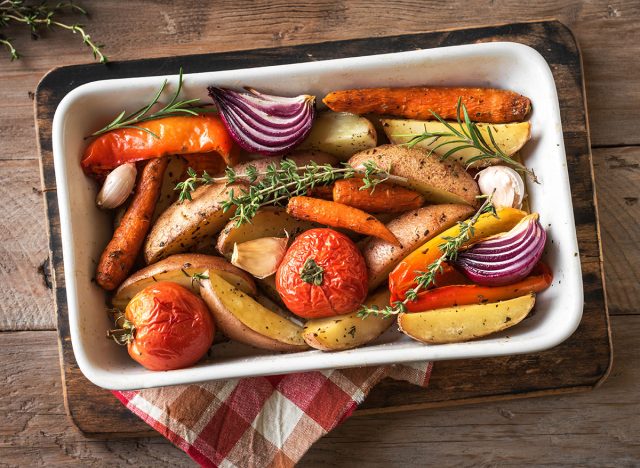
Amy Goodson, MS, RD, CSSD, LD, and author of The Sports Nutrition Playbook suggests that those looking to help their blood circulation need to focus on the Dietary Approaches to Stop Hypertension Diet (DASH), as it is designed to lower blood pressure and improve circulation.
"The DASH Diet recommends eating 4 to 5 servings of veggies a day," says Goodson. "Vegetables are high in nutrients and have no sodium, a common contributor to high blood pressure and thus unhealthy blood circulation."
If you're in need of more flavor to your vegetables, Goodson mentions to season your veggies with herbs and spices instead of salt.
Walnuts
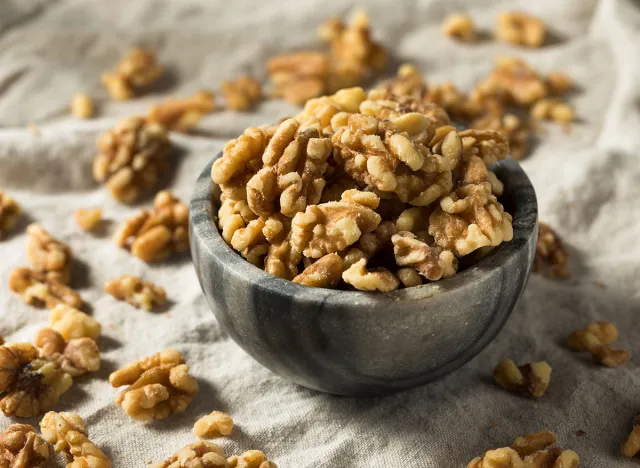
"Rich in omega-3 fatty acids, walnuts have been shown to help decrease blood pressure which can help blood flow," says Greene.
Greene also says that walnuts are also a good source of vitamin E, which functions as an antioxidant and can help with endothelial function– releasing substances that control vascular relaxation and contraction as well as enzymes that control blood clotting, immune function, and platelet adhesion (the colorless substance in the blood). Endothelial function helps to aid inappropriate widening of the blood vessel.
Potassium-rich fruit
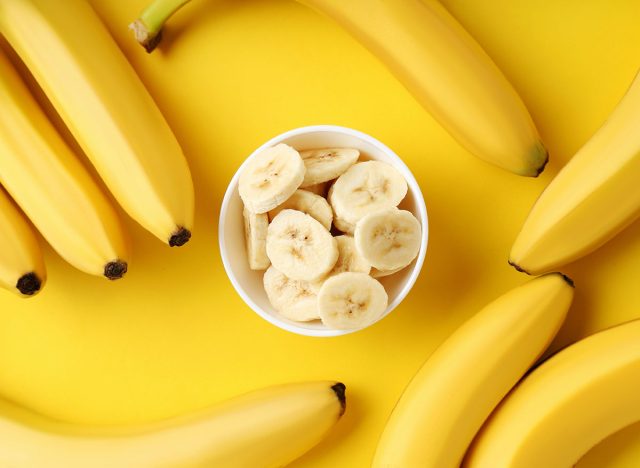
"One of the recommendations of the DASH Diet is to eat foods rich in potassium," says Goodson. Fruits such as Medjool dates, bananas, berries and avocado provide you with lots of potassium.
DASH suggests consuming 4 to 5 servings a day on this eating pattern, with a serving of one medium fruit, a half-cup chopped, 1 cup of berries, or one-fourth cup of dried fruit.
Low-fat dairy
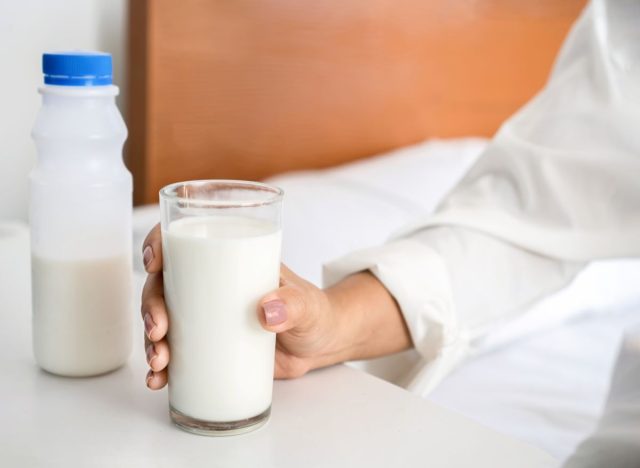
Goodson also states that the DASH Diet says that calcium might help lower blood pressure and improve circulation.
"Eating 3 servings of low-fat dairy a day can help provide you with the calcium you need," says Goodson. "A serving is considered one cup of low-fat milk or yogurt and 1.5 ounces low-fat cheese."
No comments:
Post a Comment